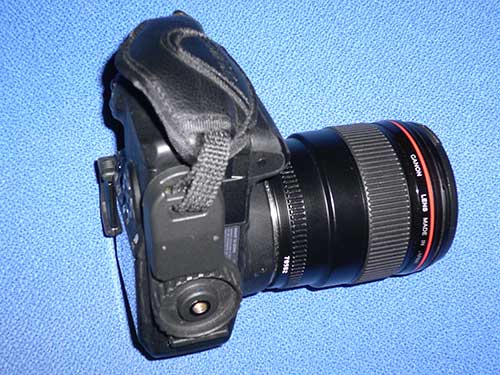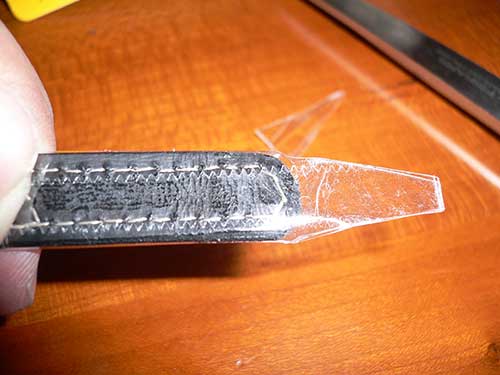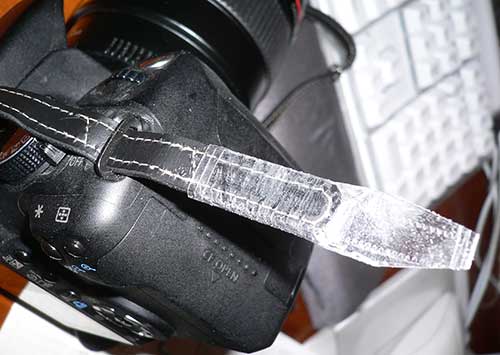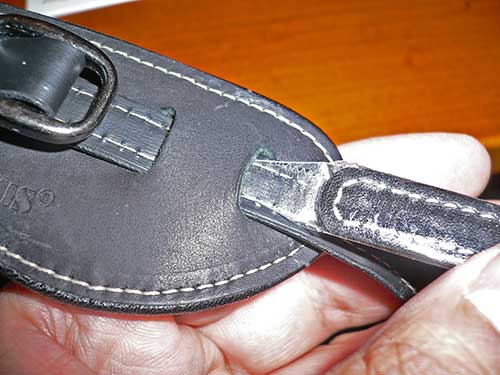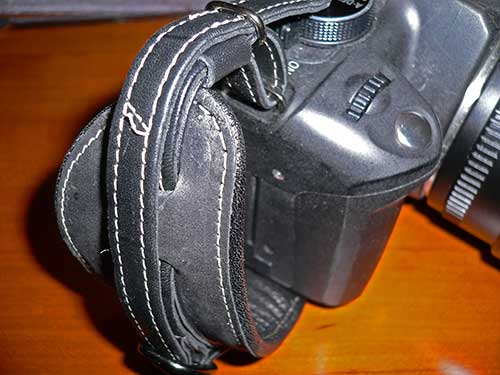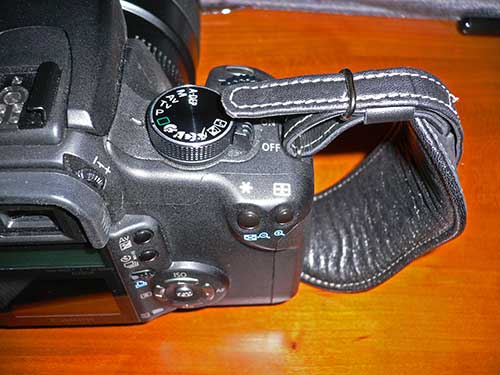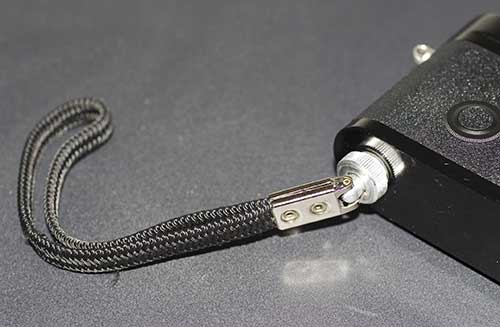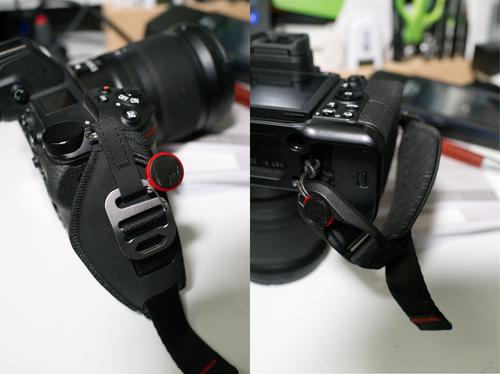Large sensor compact cameras finally on the horizon
I have stated on the record that my dream camera is a digital Contax T3 with an APS-C size sensor (or larger). Sigma launched the DP1, the first large-sensor compact this year, but it is a flawed camera, very sluggish, with a slow f/4 lens, and its Foveon sensor tops out at ISO 800, making it in practice a less capable low-light camera than my Fuji F31fd.
A few weeks ago, Olympus and Panasonic announced the Micro Four Thirds specification, which would allow for interchangeable-lens compact cameras with a larger sensor than the nasty tiny and noisy ones used on most compacts. Unfortunately it seems the whole misguided Four Thirds effort is destined to flounder, just as APS did compared to 35mm, despite the undeniable convenience. The 18×13.5mm sensor size has almost half the area of an APS-C sensor and all Four Thirds camera made so far have predictably poor low-light performance.
In a much more promising development, Samsung announced today that since it is finding it very hard to dislodge Canon and Nikon from their top position in DSLRs or even make a dent, they are going to create an entire new segment of professional quality compact cameras using the same APS-C sensors as their DSLRs, and due for 2010. Samsung uses the Pentax lens mount for its DSLRs, and has a long established relationship with Schneider Kreuznach. Pentax makes some very nice pancake lenses that combine high optical quality with small size. The only other company is Olympus, but the 25mm f/2 is saddled with the aforementioned Four Thirds sensor with all the limitations that entails.
At the same time, Thom Hogan has echoed rumors of an APS-C size Coolpix compact from Nikon. It looks like the big camera manufacturers can no longer afford to ignore the pent-up demand for this category, as demonstrated by the brisk sales of the DP1 (No. 49 on Amazon’s Digital SLR chart).
Update (2010-10-06):
There is now a wide variety of large-sensor compacts, including models with interchangeable lenses:
- Sigma DP1, DP1s, DP2, DP2s and DP2x: wonderful optics, compact, great image quality, mediocre high-ISO performance, very slow AF and user interface
- Olympus EP-1, EP-2 and E-PL: cute design, sensor stabilization, poor ISO performance, slow AF, so-so optics unworthy of the Zuiko legacy, but you can use Panasonic’s lenses on them)
- Panasonic GF1: great design, solid but heavy, mediocre ISO performance, very fast AF, great optics
- Leica X1: great optics, best high-ISO performance, excellent user interface, very compact and light, slow AF, no video, very expensive). The camera I carry with me every day in my jacket pocket.
- Sony NEX-3 and NEX-5: great high-ISO performance, poor user interface, very compact, awkward 24mm-e focal length if you want a compact lens. Made by an evil company that should be boycotted.
- Samsung NX100: disappointing high-ISO performance for an APS-C sensor, optical quality a question mark.
- Fuji X100: bulky, innovative viewfinder design, questionable user interface in the prototype, potential for greatness, but we will have to wait for the final production models.
Canon and Nikon are late to the party, and risk being marginalized if they continue to ignore market demand.
Update (2013-01-28):
The range of worthwhile options has expanded even further:
- Fuji X100s: builds on the X100 with fast AF and an even better sensor. I have been using the X100 as my “every day carry” camera for two years now and have the X100s on preorder.
- Leica X2: mostly fixes the AF sloth of the X1 and adds an EVF option. If it weren’t for the X100s, it would be a very compelling camera.
- Sigma DP1 and DP2 Merrill: still slow, much higher resolution sensor, at the cost of greater bulk. Outstanding image quality at low to moderate ISO that dwarfs all but the highest end DSLRs and medium format digital. Very poor battery life. Poor software workflow options (not supported by Lightroom).
- Sony RX1: extremely expensive, but great sensor and build quality. So-so AF. Sharp lens but has very high distortion, can be corrected in software but then you lose resolution.
- Sony RX100: very compact, fast AF, versatile zoom lens. Decent ISO performance due to its’ 1″ sensor (in reality 13.3mm x 8.8mm, the 1″ is deceptive vacuum tube terminology that compact camera makers use to disguise just how tiny their sensors are).
- Canon EOS-M with 40mm pancake lens: very compact, specially considering it has an interchangeable lens mount, excellent image quality, slow AF, questionable ergonomics).
- Canon G-X: decent optical and sensor performance but clunky design that is neither fish nor fowl, neither really compact nor flexible like a compact system camera.
- Olympus E-PM5: reportedly very good ISO performance and AF. Wide range of m43 lenses available.
The only manufacturer missing is Nikon, which for whatever reasons does not have competitive models. Their tiny sensor Coolpix line is undistinguished to the extreme, and their 1 System, while having excellent AF, has mediocre low-light performance, is fairly bulky despite the compromised sensor, and is not competitive with the Sony RX100.
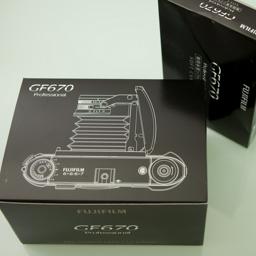
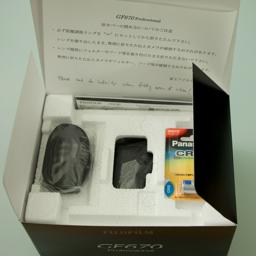
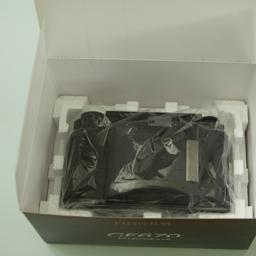
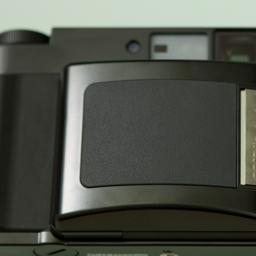
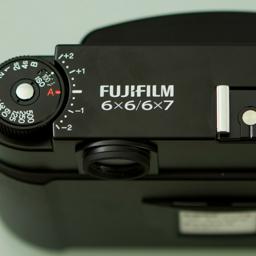
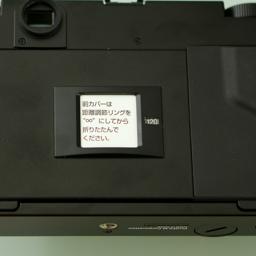
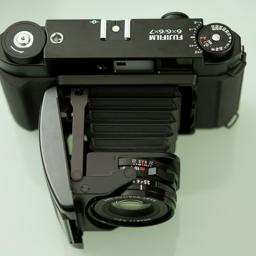


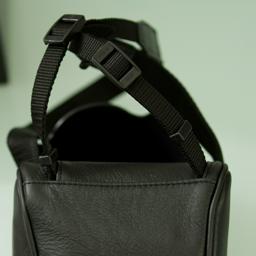

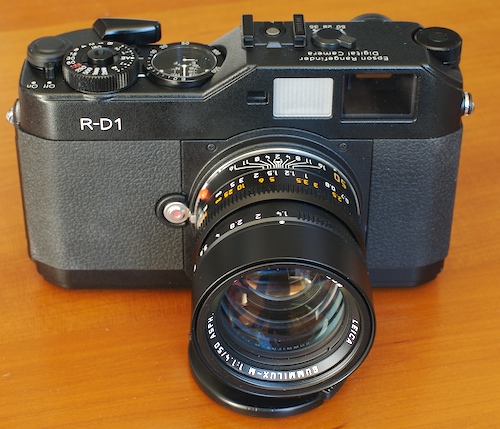
 After using the R-D1 for a few hours, the superiority of the design over the M8 is readily apparent (with the sole exception of the taller body and short rangefinder base length):
After using the R-D1 for a few hours, the superiority of the design over the M8 is readily apparent (with the sole exception of the taller body and short rangefinder base length):